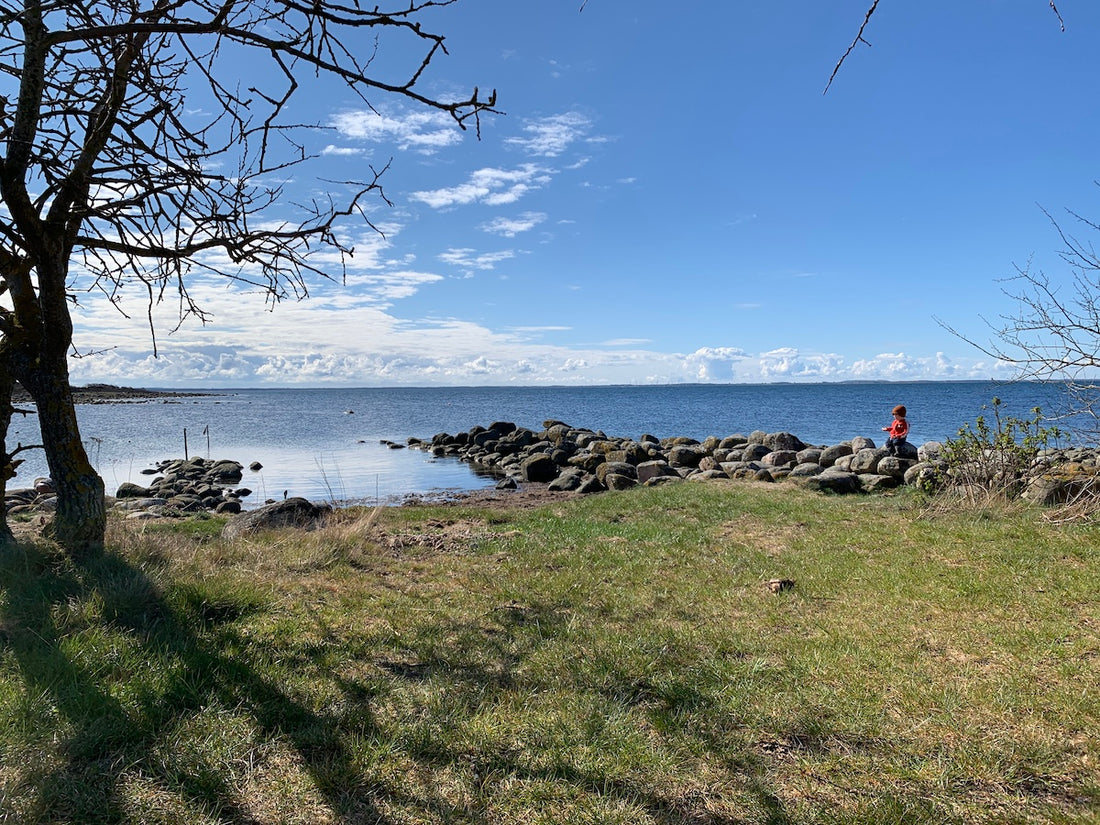Common Misconceptions About Slow Living
1. Living slow is an excuse to be lazy and do nothing.
Slow living is about making it a priority to do things well rather than simply doing them fast.
Because productivity is glorified in our modern society, the majority of the things that we consume are cheaply made at the cost of workers and the environment. In our personal lives, we may find ourselves producing low quality results in our work or relationships in order to complete more tasks.
Slow living returns us to the age-old adage, “quality over quantity.”
By giving our full attention and intention to a task, the fruits of our labors have more substance, longevity, and impact.
2. Slow living will make you inefficient and abandon your goals.
Slow living is more of an invitation to reexamine your goals and the ways in which you achieve them.
Oftentimes, we allow society’s standards to dictate what is important to us, yet society is constantly telling us that nothing we are or do is ever enough.
A bigger house, a fancier car, and the newest trends in fashion and beauty, are constantly being marketed to us. We put strain on our bodies, minds, and relationships in order to try and achieve these things, but we never experience the satisfaction and relief that we were chasing because there is always another goal to pursue.
Slow living asks us to define success by our own standards and enjoy life instead of stressing ourselves out by chasing something unattainable.
It also asks us to work at a pace that honors our body’s natural rhythms and make time for important self-care activities like sleep, meals, social activities, and hobbies. This allows us to enjoy every step of the journey rather than suffering while we anticipate a particular milestone.
3. You have to live in the country to live slowly.
The slow living movement is about adopting a particular mindset and making intentional lifestyle choices.
Therefore, it can be done by any individual in any location! You don’t need to abandon all modern technology or go off-grid to live slow.
So how do you practice slow living, then?
The answer: slowly.
Seriously, changing your mindset and lifestyle doesn’t happen overnight.
The transition will require you to understand yourself more deeply and challenge your existing thought patterns, values, motivations, and compulsive habits. You will need lots of practice, patience, and self-compassion.
Remember that slow living is not another goal to race towards, so don’t beat yourself during this process. Instead, enjoy the mindful reflection that cultivates self-awareness.
1. Reassess your priorities.
Narrowing in on the essential parts of daily life and eliminating the non-essentials is what allows the beauty of everyday life to reveal itself.
To do this, we must accept that busyness is a mindset and a choice. The phrase “I’m too busy” must leave our vocabulary, and we must begin to say yes to the things that truly matter most to us.
2. Be present in every moment.
When we no longer need to chase something illusory for fulfillment, we can be fully present to appreciate the small luxuries of life.
Do you relish the feeling of warm sunlight on your skin? What about the smell that fills the air as you prepare a home cooked meal? Did you acknowledge the birdsong greeting you as you awoke this morning?
Meditation and other grounding exercises like yoga, qigong, and breathwork help to cultivate the awareness that allows us to fully experience and appreciate these things. By clearing the mind regularly, we are no longer distracted by constant worrying about the past or what we “need” to do next.
3. Building stronger connections.
Deepening our connection to everything around us is one of the greatest gifts of slow living.
By re-prioritizing our lives, we free up our time and attention to tend to our relationships. Time and energy is currency when it comes to our interpersonal connections, and taking an eye-to-eye, heart-to-heart, knee-to-knee approach to our interactions renders greater substance and fulfillment.
The other connections in our lives are also brought to our attention through slow living, such as the natural and economic systems we are a part of.
You may find yourself wondering where your food, clothes, and technology come from. What you learn about the production lines that supply these products to you may encourage further lifestyle changes.
Choices like scheduling time to go to the local farmers’ market or buying sustainably produced clothing ultimately slow down our manufacturing processes to prioritize quality workplaces, wages, and environmental outcomes rather than productivity.
However you choose to begin your slow living journey, make sure to take it one carefully placed step at a time.

